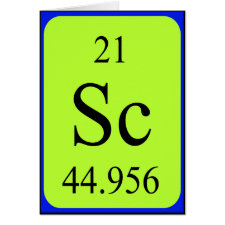
Authors: Uibel RH, Harris JM
Article Title: Templating of multiple ligand metal ion complexation sites in 8-hydroxyquinoline-modified silica sol-gel materials investigated by in situ Raman spectroscopy.
Publication date: 2005
Journal: Analytical Chemistry
Volume: 77
Issue: (4)
Page numbers: 991-1000.
DOI: 10.1021/ac048807n
Abstract: Metal ion templating in a sol-gel synthesis is used to develop multiligand 8-hydroxyquinoline binding sites in porous silica structures. The acid-base equilibria and the metal ion binding equilibria and stoichiometry of these materials are investigated by in situ Raman spectroscopy. This technique is capable of resolving spectral responses of the free ligand and its acid-base forms along the monomeric and dimeric ligand complexes with Cu2+. The proton-transfer equilibrium constants and first ligand binding equilibrium constant to Cu2+ for the metal ion-templated silica are equivalent to surface- immobilized 8HQ on silica gel. The second ligand binding constant to Cu2+, however, is comparable to the first ligand binding constant, which differs from free-solution behavior, where an order of magnitude smaller value is expected. The free energy available for binding the second ligand within the templated material is comparable to the first ligand, probably due to the nearly optimal location of the second ligand for binding, based on the templating that is done during this synthesis. The metal ion concentration responses of sol-gels prepared with varying amounts of metal ion during the syntheses were also tested, and the results indicate control over the fraction of templated binding sites
Template and target information: copper ion, Cu(II)



Join the Society for Molecular Imprinting

New items RSS feed
Sign-up for e-mail updates:
Choose between receiving an occasional newsletter or more frequent e-mail alerts.
Click here to go to the sign-up page.
Is your name elemental or peptidic? Enter your name and find out by clicking either of the buttons below!
Other products you may like:
 MIPdatabase
MIPdatabase









